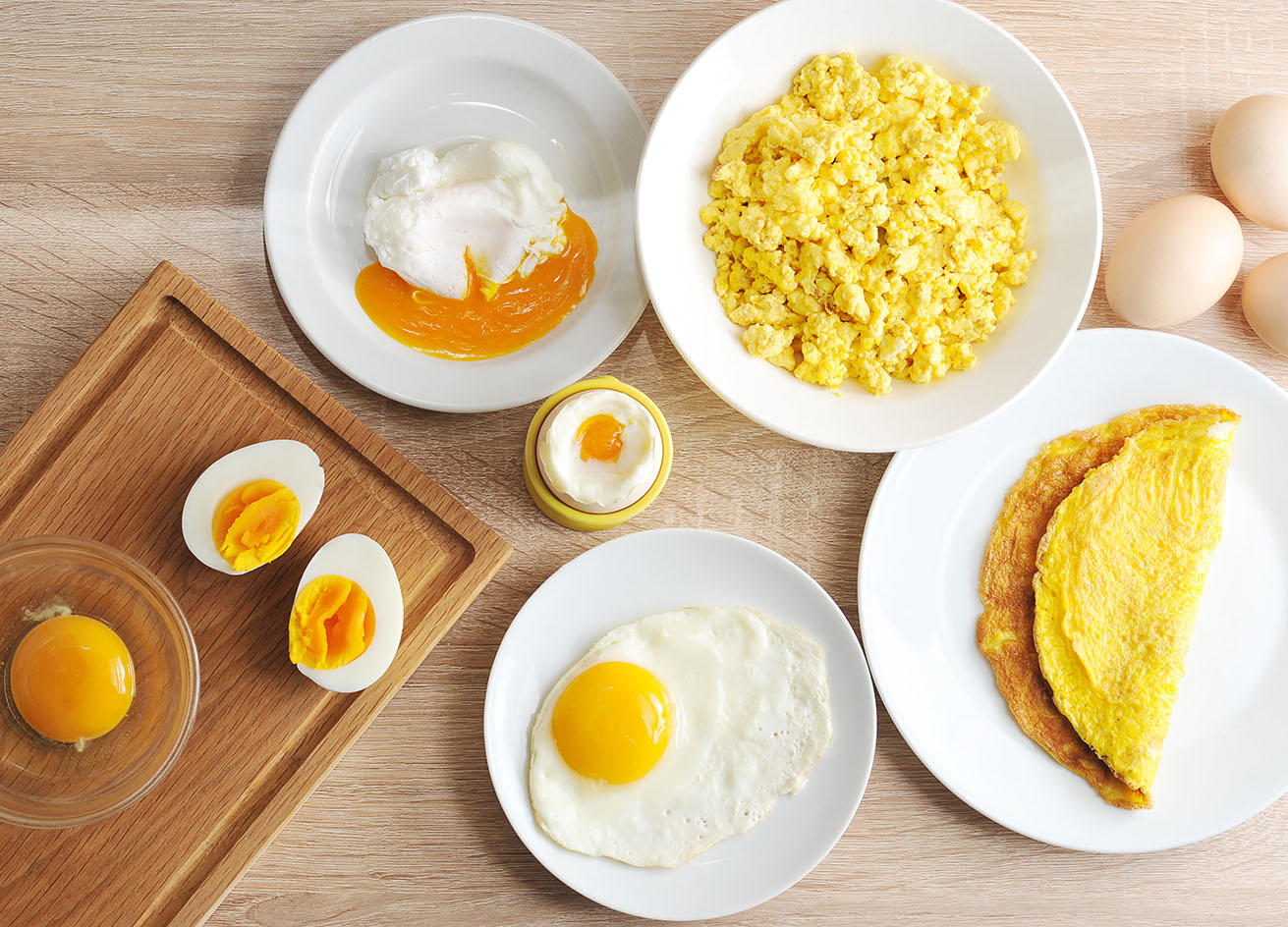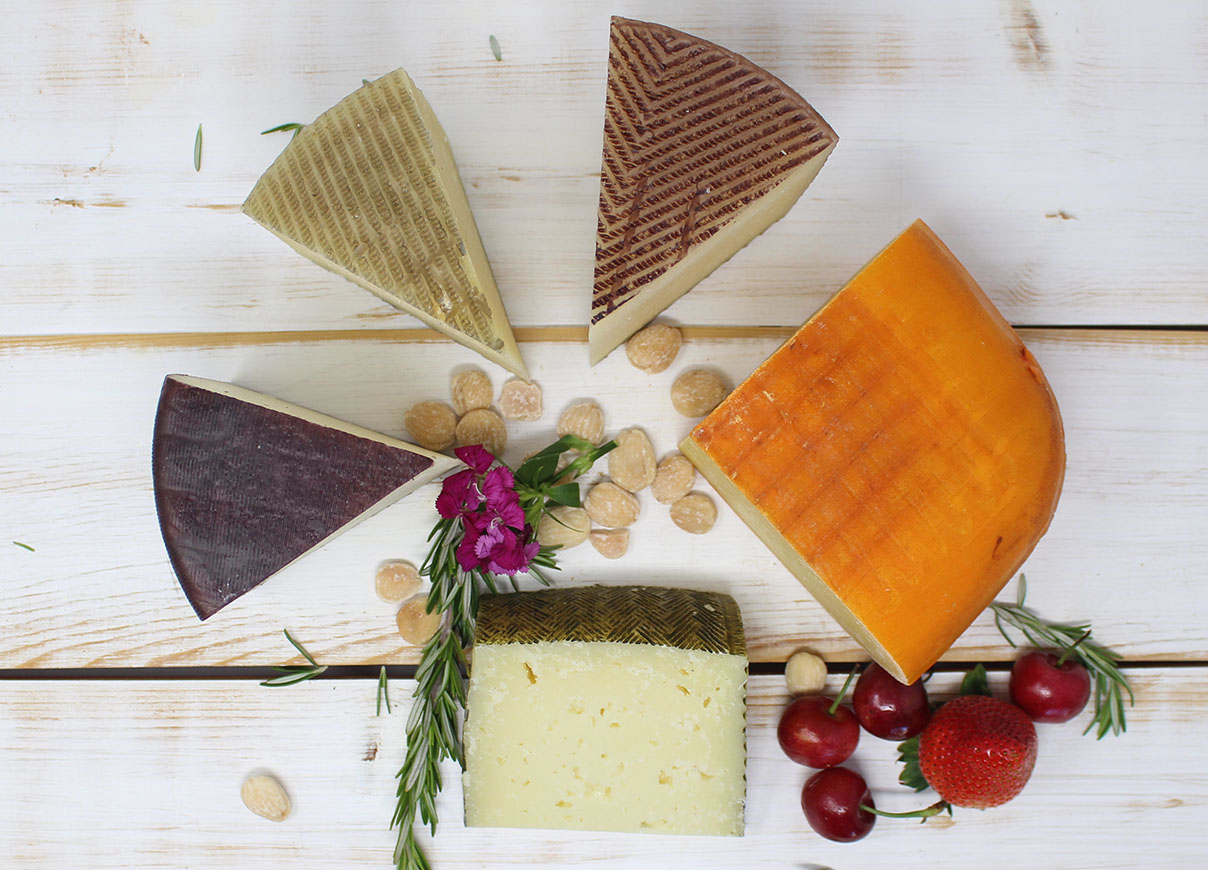
20 Oct IDEAL FOODS VS. FORBIDDEN FOODS ON THE KETO DIET
Losing weight or gaining muscle are the two main goals to be achieved with the ketogenic diet. Based on a protein-rich diet, the keto diet reduces carbohydrate intake as much as possible to reach a state of ketosis and burn fat. Knowing which foods to eat and which not to eat is the key to achieving results. Stop looking, today we reveal which ones to add to your shopping basket and which ones to cross out. Also, don’t forget to take a look at our keto protein products, which will perfectly complement your ketogenic diet. Don’t miss out!

The ketogenic diet, with cardiovascular benefits
In addition to fat loss, satiety and appetite reduction, the keto diet helps prevent cardiovascular disease and type 2 diabetes by reducing triglycerides, cholesterol, insulin and waist circumference.
The daily diet should follow the formula of 70% fat, 25% protein and 5% carbohydrates, but which foods are ideal and which are forbidden on the keto diet? Let’s take a look at them!
What to eat on the keto diet: allowed foods.
Protein-rich foods such as meat, poultry, fish and eggs are the basis of the keto diet, but not the only ones. You should also include vegetables and fats to compensate for the lack of carbohydrates.
- Meat, poultry and substitutes. Meat is ideal for the keto diet. You can eat beef, pork, lamb, game and chicken, as well as sausages and cold cuts, offal and bacon. You also have high-protein vegan options, such as seitan or heura.
- Fish and seafood. Oily fish such as salmon, sardines, mackerel and herring are a good choice, as are tuna and cod, or halibut, trout and other white fish. As for seafood, you can eat oysters, prawns, lobster, mussels, clams, crab, octopus and squid. But important: don’t add batter, so as to keep carbohydrate levels low.
- Eggs. Boiled, fried in butter or as a French omelette. Eggs are one of the ideal foods for the keto diet.
- Vegetables. Most above-ground vegetables are suitable for the ketogenic diet, so choose leafy greens such as cabbage, spinach, chard, cauliflower or broccoli. Salad vegetables: cucumber, celery, radish, chives or courgettes.
- Fruits. Most acidic fruits such as berries, lemons and limes can be included in small portions, as can berries such as strawberries, raspberries, cherries, blackberries and blueberries.
- Nuts and seeds. They are an excellent source of energy: choose from pecans, macadamia nuts, hazelnuts and pine nuts, as well as pumpkin and sunflower seeds. But eat them in moderation.
- Cheese and full-fat dairy products. Cheese (Parmesan, feta, blue cheese, mozzarella, cream cheese and fresh cheese are the highest in fat), butter and Greek yoghurt can be part of the keto diet.
- Fats and sauces. Most fats should go hand in hand with protein-rich foods such as meat, poultry, fish and eggs, but you can also cook with butter, olive or coconut oil, put cheese on vegetables and use salad dressings.
If you want to know more about the foods allowed on the keto diet, check out our catalogue.
Prohibited foods on the keto diet
Say no to sugary foods, cereals, pulses, vegetables and fruit, with a few exceptions:
- Sugary foods. Any food containing sugar should be excluded from this routine: no sugar, sugary drinks, fruit juices, pastries, ice cream, snacks, biscuits or sweets. Don’t fall for it!
- Cereals and derivatives. These are some of the biggest sources of carbohydrates and should not be consumed even in small quantities. Cut oats, wholemeal or refined flours, barley, rye, bread, rice and quinoa out of your diet.
- Legumes: The only legume that is low in carbohydrates is the peanut (yes, it is a legume, not a nut, contrary to popular belief).
- Vegetables: They have more than 5% of quality carbohydrates, so they should not be included in the keto diet. Courgette and aubergines can be eaten occasionally, as they are vegetables rich in water and low in carbohydrates.
- Fruit. They are not suitable for the high-protein diet, except for those that are oily and very low in carbohydrates, such as olives, avocados and capers.
- Sweetened or flavoured dairy products or yoghurts, as these include a higher proportion of carbohydrates and sugar.
So now you have a clear idea of what your shopping list will look like? As you can see, it is not difficult to eat a varied and delicious diet, knowing which foods are allowed and which are forbidden on the keto diet.



